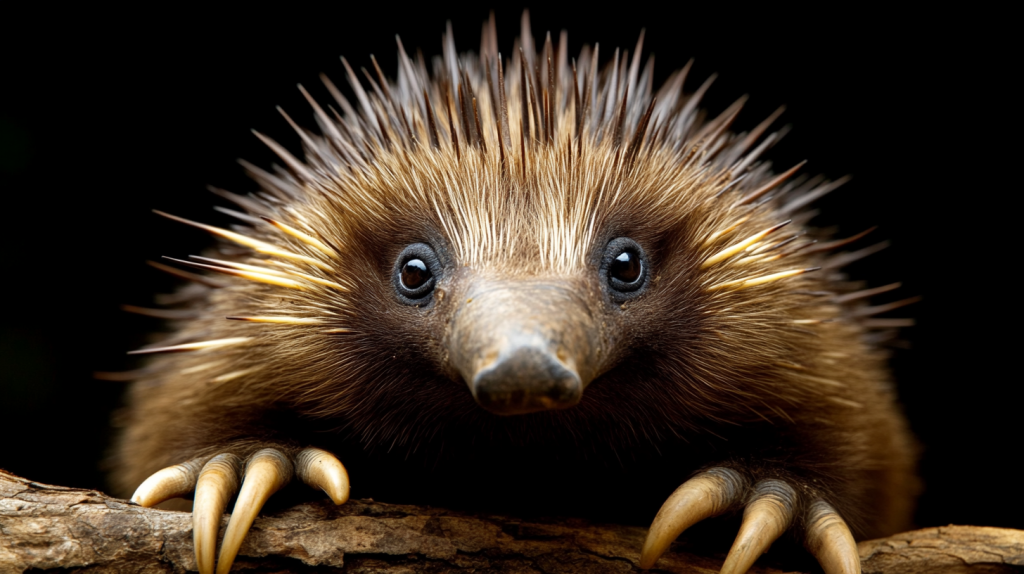Echidnas, those spiny oddities from Down Under, are far more fascinating than you might think. These egg-laying mammals, found in Australia and New Guinea, are walking contradictions of the animal kingdom. With their porcupine-like quills, anteater-style snouts, and reptilian egg-laying habits, echidnas seem like nature’s own version of a mythical creature. But these peculiar animals are very real, and they’re full of surprises. From their bizarre mating rituals to their impressive cognitive abilities, echidnas are a treasure trove of intriguing facts.
Four-Headed Wonder
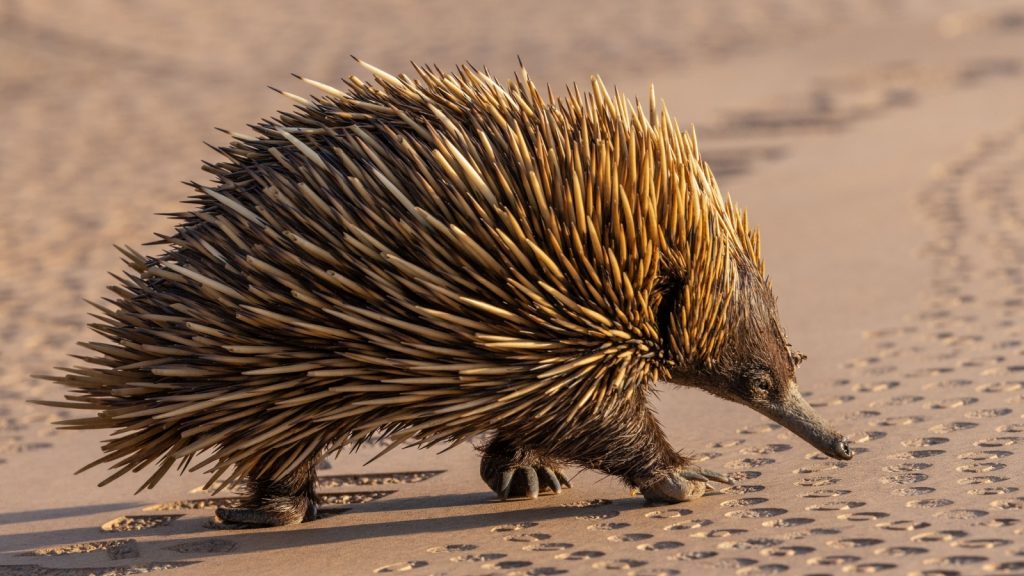
Male echidnas have a rather unusual reproductive organ – their “boy bits” have four heads. During mating, two of the heads shut down while the other two grow larger to fit the female’s two-branched reproductive tract. This bizarre adaptation ensures successful fertilisation and gives a whole new meaning to the phrase “heads or tails”! Interestingly, the echidna’s sperm also have multiple heads, forming bundles that swim together to increase their chances of reaching the egg.
Egg-Laying Mammals

Echidnas are one of only two mammals that lay eggs, the other being their cousin, the platypus. After a 22-day gestation period, the female lays a single, soft-shelled egg directly into her pouch. This egg-laying behaviour is a throwback to their reptilian ancestors, making echidnas a living link between reptiles and mammals. The egg typically hatches after about 10 days in the pouch, with the puggle using a temporary egg tooth to break out of its shell.
Puggle in a Pouch
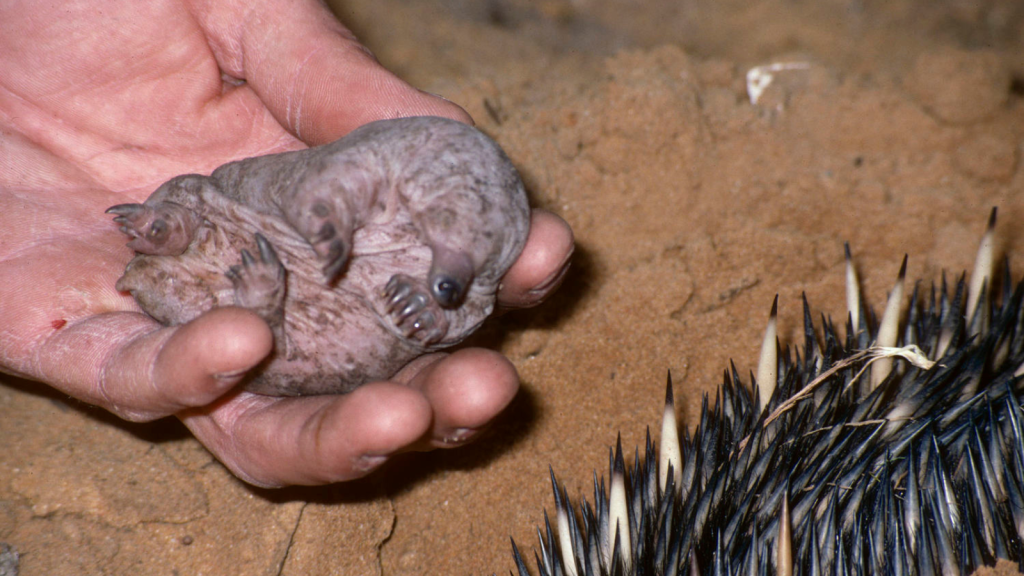
Baby echidnas are called puggles, and they’re about the size of a jelly bean when they hatch. The puggle stays in its mother’s pouch for about 50 days, feeding on milk that oozes from special patches in the pouch. Unlike kangaroos, echidnas don’t have teats, so the puggle has to lap up the milk like a kitten. After leaving the pouch, the puggle continues to suckle from its mother for several months, hiding in a burrow while she forages for food.
Spines and Fur Combo
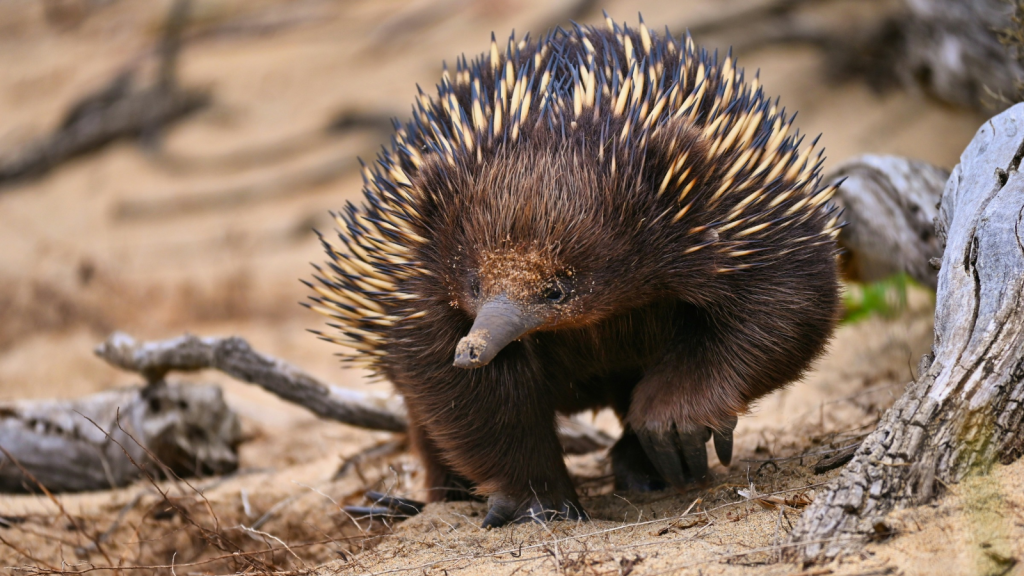
Echidnas are covered in spines, but they’re not just spiky. Beneath their quills, they have a layer of fur that helps keep them warm. The spines are actually modified hairs made of keratin, the same protein that makes up human fingernails. This unique combination of spines and fur gives echidnas protection from predators and insulation from the cold. When threatened, an echidna can curl into a ball, presenting a fortress of spines to deter potential attackers.
Termite Terminators

With their long, sticky tongues, echidnas are expert insect eaters. They can flick their tongues in and out up to 100 times per minute, scooping up ants and termites. An echidna’s tongue can extend up to 17 centimetres beyond its snout, allowing it to reach deep into termite mounds and ant nests. To aid in digestion, echidnas swallow small stones and dirt along with their prey, which help grind up the insects’ hard exoskeletons in their stomachs.
Electroreception Experts
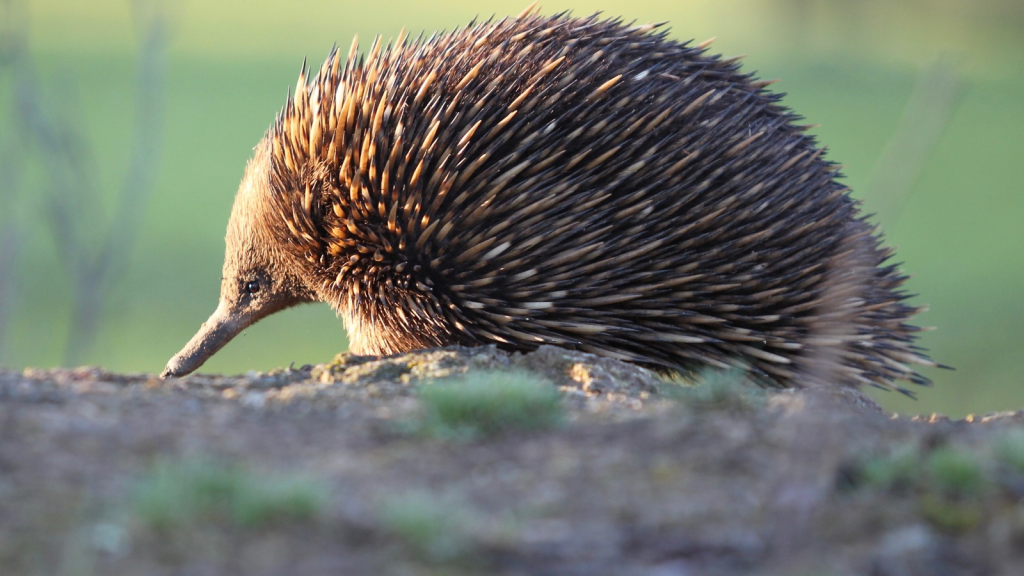
Echidnas have a superpower that puts them in league with sharks and platypuses – they can sense electrical fields. They use this ability to detect the tiny electrical signals produced by insect muscles, helping them locate prey even when it’s hidden underground. This makes echidnas one of the few mammals with electroreception abilities. The snout of an echidna is packed with electro-receptors, allowing them to create a detailed ‘electrical map’ of their surroundings.
Backward-Facing Feet
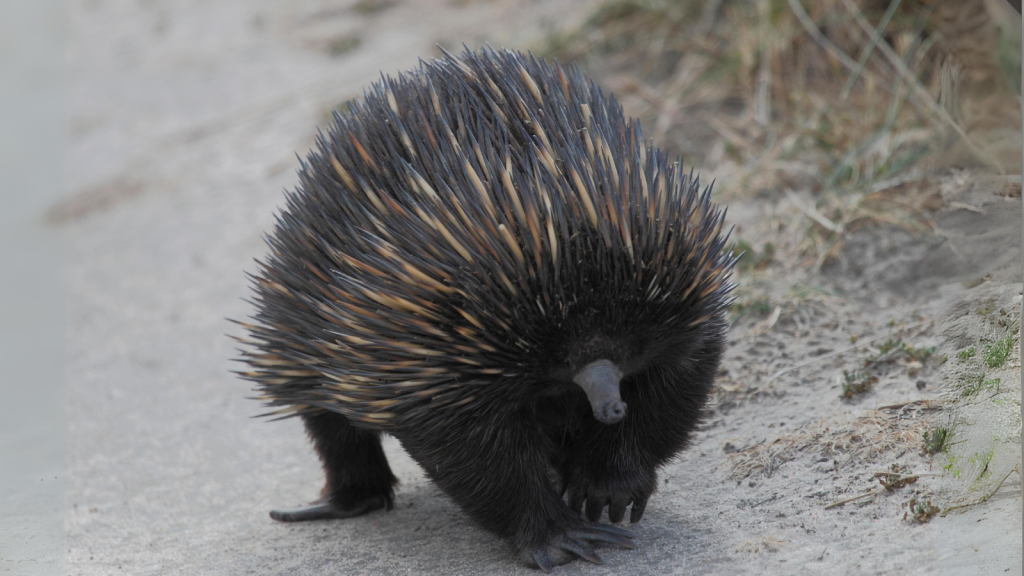
If you’ve ever seen an echidna digging, you might have noticed something odd about its back feet – they point backwards! This unusual foot orientation helps echidnas dig more efficiently, allowing them to shift soil backwards as they burrow. It also aids in grooming, as echidnas can use their back feet to scratch between their spines. The backward-facing feet also provide excellent grip when climbing, allowing echidnas to scale steep surfaces with ease.
Toothless Wonders
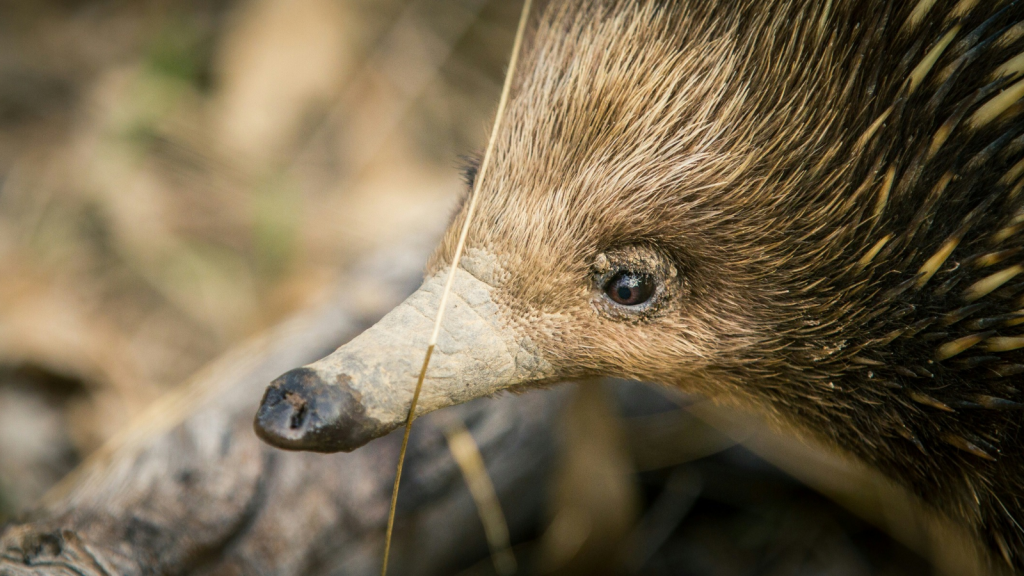
Despite their insectivorous diet, echidnas don’t have any teeth. Instead, they have a long, beak-like snout and a specialized tongue for catching prey. They grind their food between horny pads on the roof of their mouth and their tongue, effectively mashing up insects without the need for teeth. This adaptation allows echidnas to consume tens of thousands of ants and termites in a single day, making them crucial for controlling insect populations in their habitats.
Clever Clogs
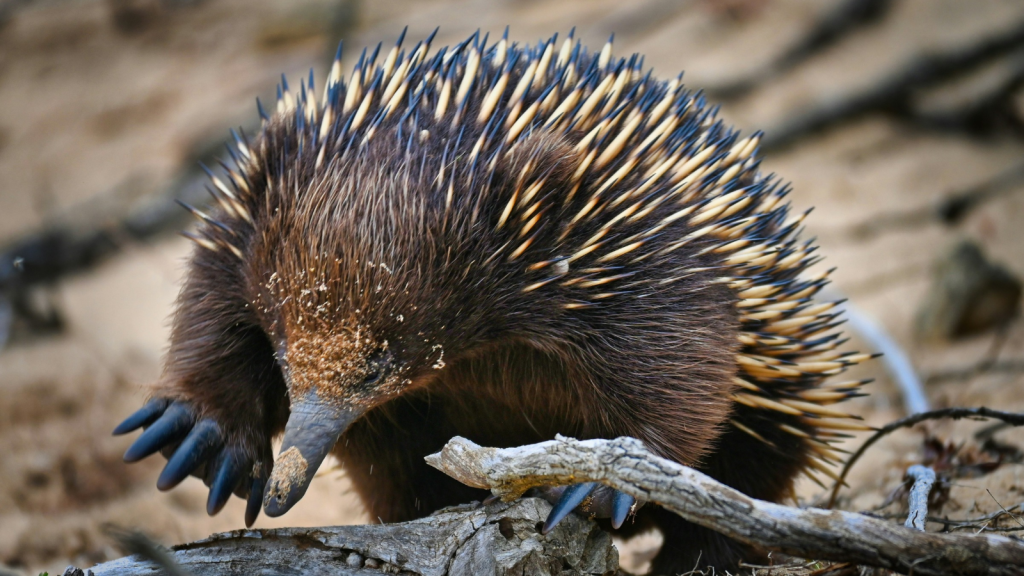
Echidnas might look a bit odd, but they’re surprisingly intelligent. They have a large brain-to-body ratio, with a particularly well-developed neocortex, which is associated with complex cognitive tasks and problem-solving. Echidnas have been observed using tools and solving puzzles in captivity, showcasing their impressive smarts. In the wild, their intelligence helps them remember the locations of productive feeding sites and navigate complex environments.
Hibernation Heroes
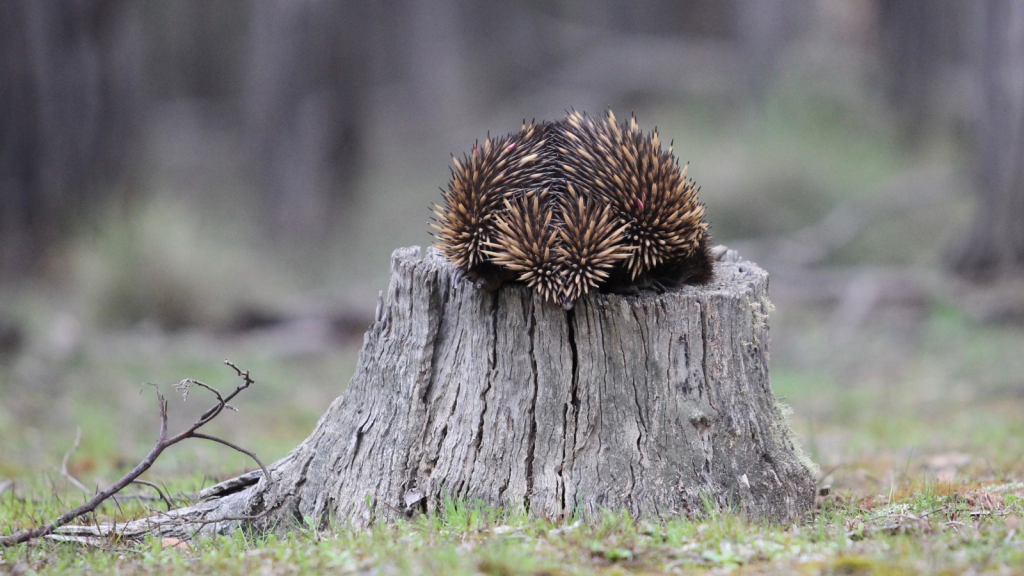
Short-beaked echidnas are one of the few Australian mammals that can enter torpor, a state of decreased physiological activity. During cold weather, they can lower their body temperature to just 4°C (39°F) and slow their heart rate to only 3-4 beats per minute. This ability helps them survive in harsh conditions when food is scarce. Echidnas can remain in this state for weeks at a time, emerging periodically on warmer days to forage for food.
Mating Train
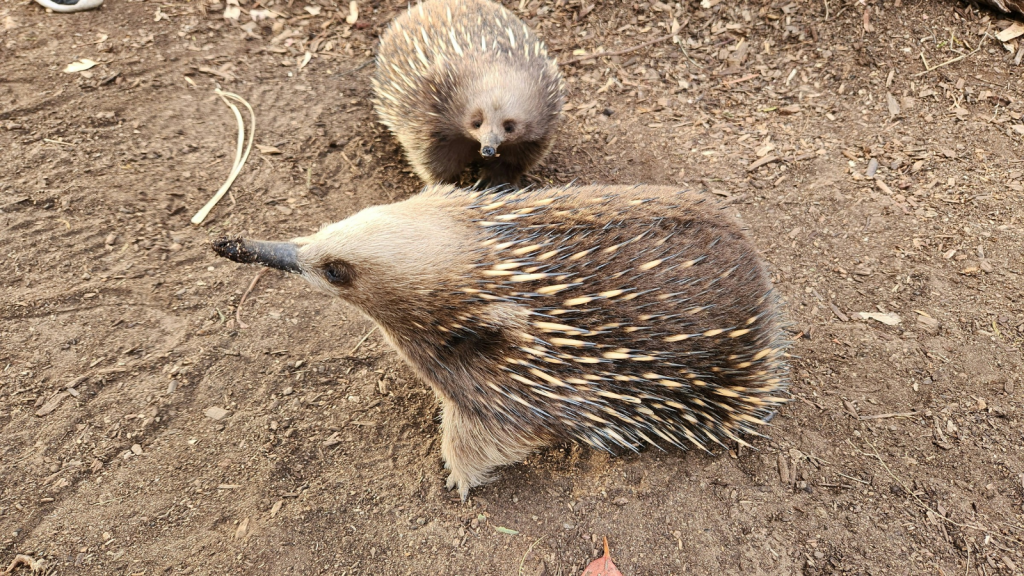
Echidna mating rituals are quite the spectacle. During breeding season, up to ten male echidnas may form a line behind a single female, following her for up to six weeks. This behaviour, known as an “echidna train”, allows the female to choose the fittest mate. It’s nature’s version of a very slow-moving, spiky conga line! The female will eventually select the most persistent suitor, typically the one directly behind her in the train.
Swimming Surprise
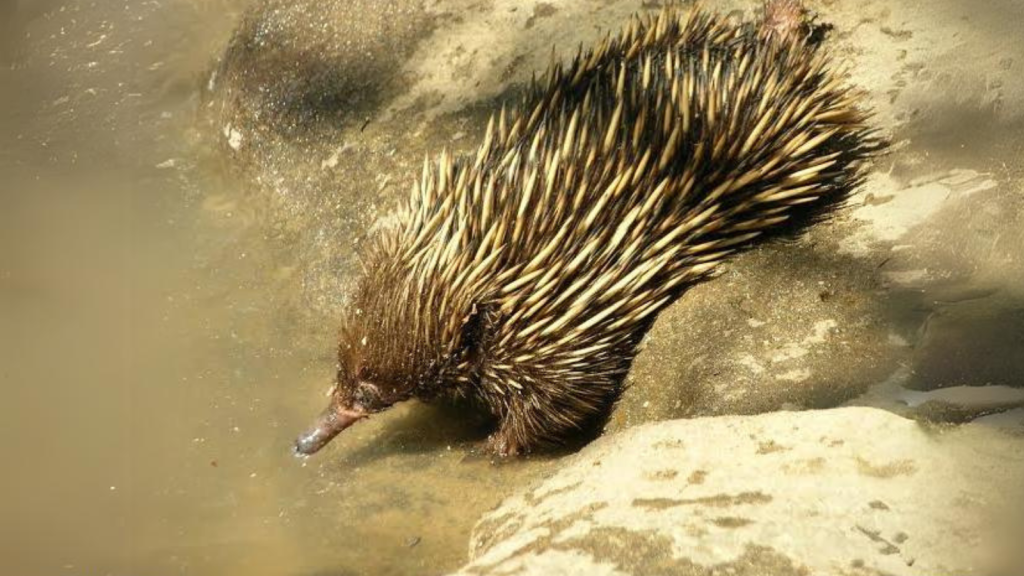
Despite their spiny exterior and short legs, echidnas are surprisingly good swimmers. They use their snout as a snorkel and paddle with their front and hind legs. This unexpected aquatic ability allows them to cross rivers and even escape from predators by ducking underwater. Echidnas have been observed swimming across bodies of water up to 500 meters wide, demonstrating their remarkable endurance in the water.
Ancient Origins
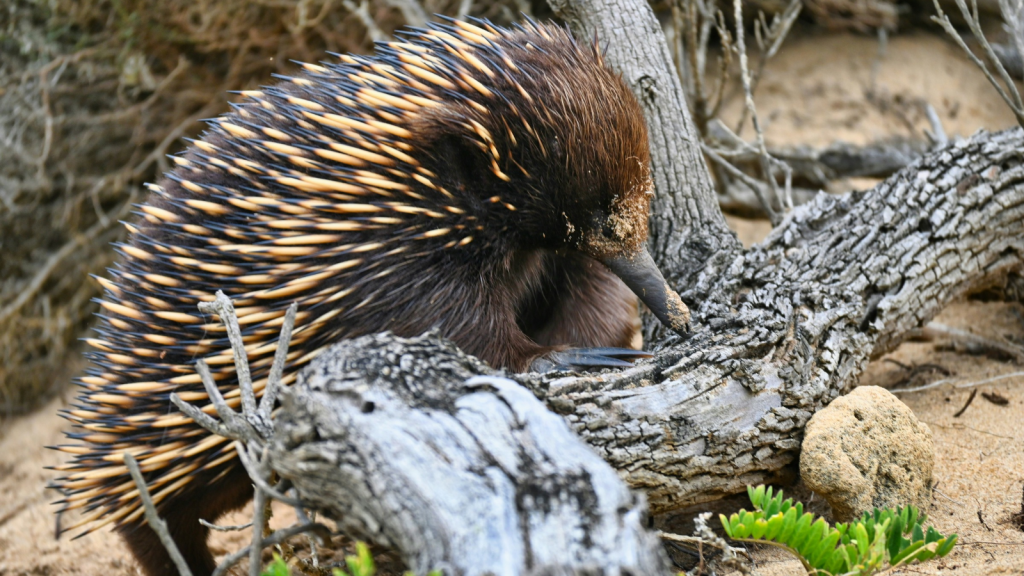
Echidnas are living fossils, with origins dating back to the Cretaceous period, over 65 million years ago. They’ve changed very little over time, retaining many primitive features from their ancient ancestors. This makes echidnas a fascinating subject for evolutionary biologists studying the development of mammals. Fossil evidence suggests that echidnas and platypuses diverged from a common ancestor around 200 million years ago, making them one of the oldest surviving mammal lineages.
Varied Species
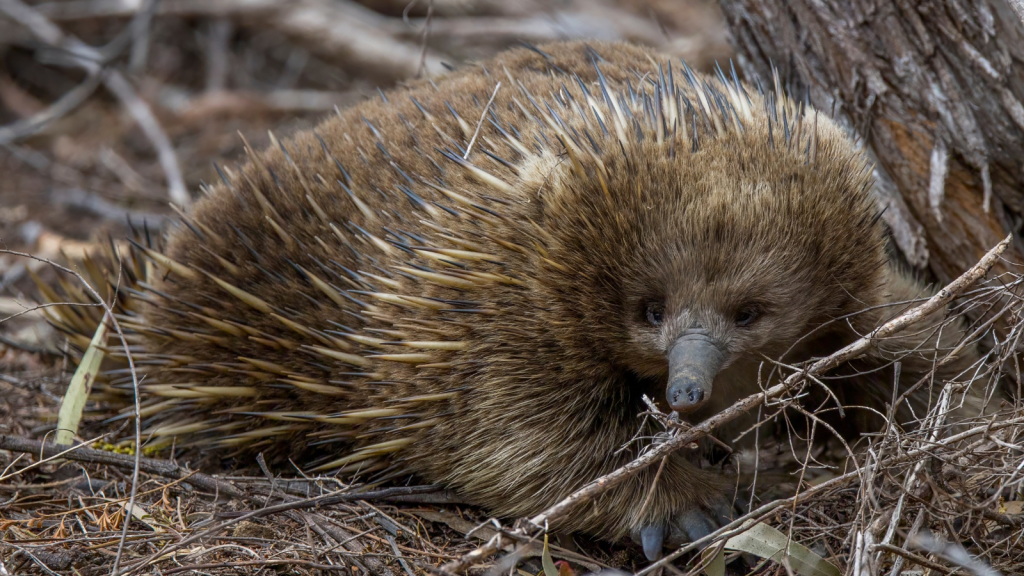
While most people are familiar with the short-beaked echidna, there are actually four living species of echidna. The short-beaked echidna is found throughout Australia and parts of New Guinea, while three species of long-beaked echidnas are found only in New Guinea. These long-beaked cousins are larger and have longer snouts than their short-beaked relatives. Unfortunately, all three species of long-beaked echidnas are classified as critically endangered due to hunting and habitat loss.
Longevity Legends
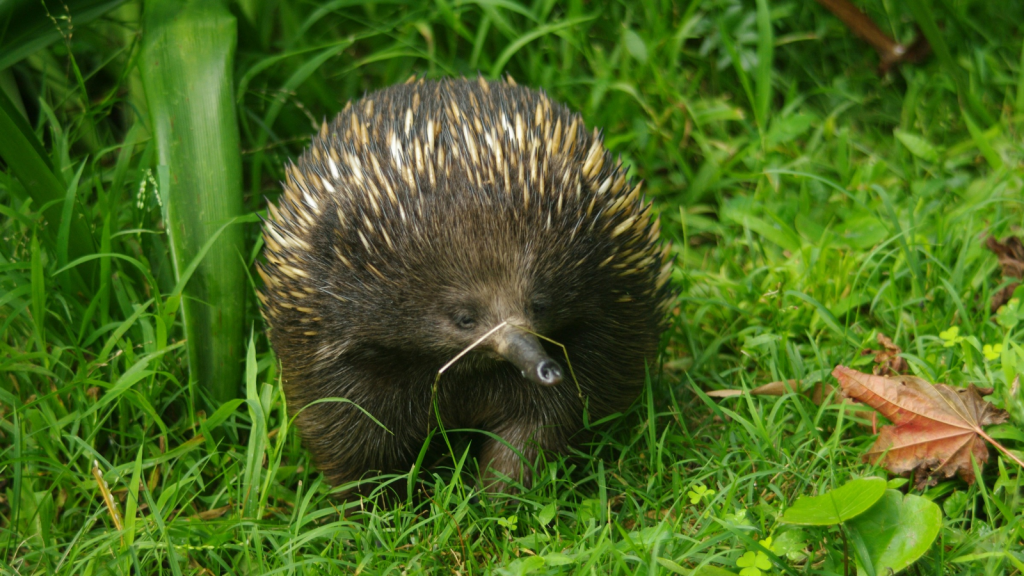
Echidnas are remarkably long-lived for their size. In the wild, they can live up to 16 years, but in captivity, they’ve been known to survive for up to 50 years. This impressive lifespan is thought to be linked to their low metabolic rate and their ability to enter torpor, which reduces wear and tear on their bodies. Echidnas also have a remarkably low mortality rate once they reach adulthood, with few natural predators capable of penetrating their spiny defences.

